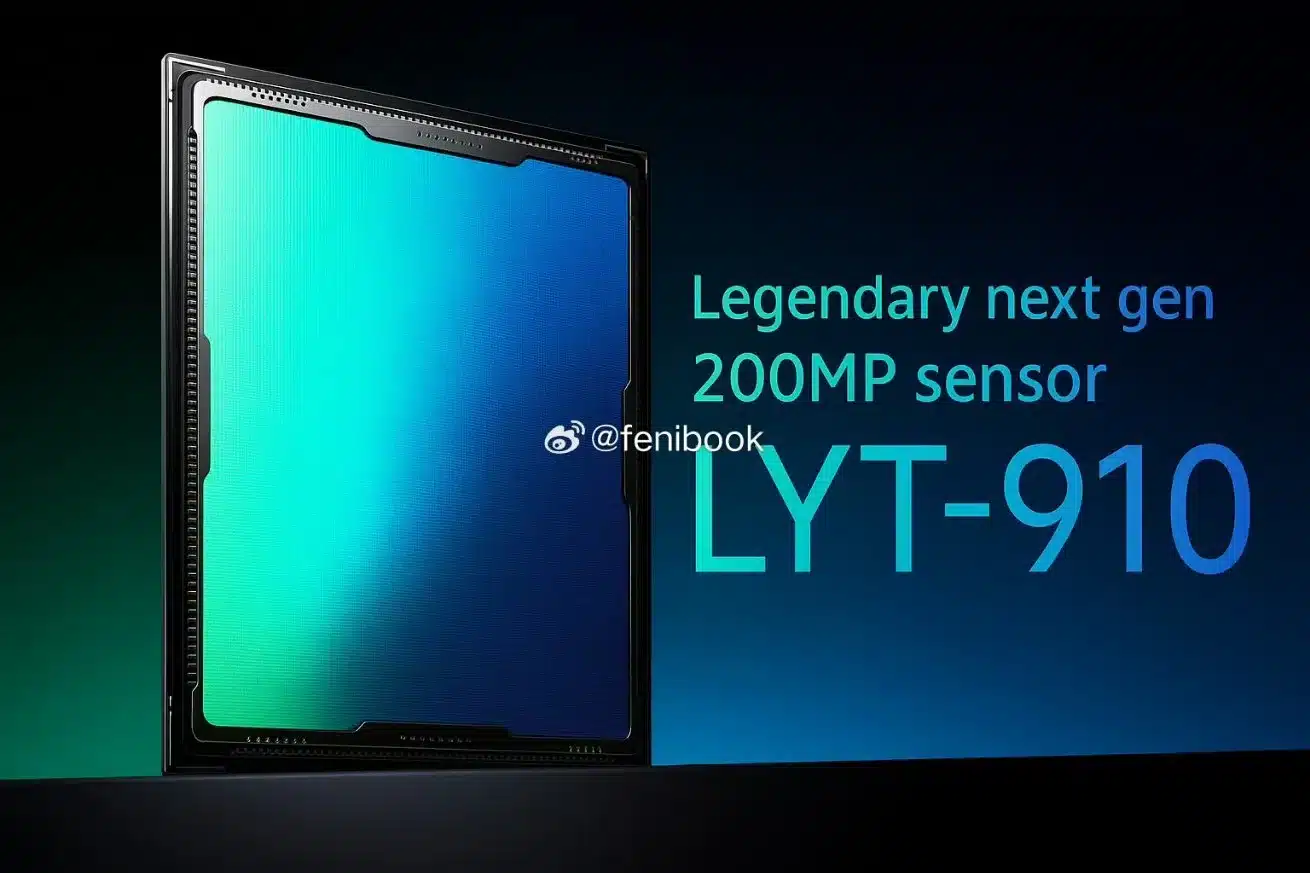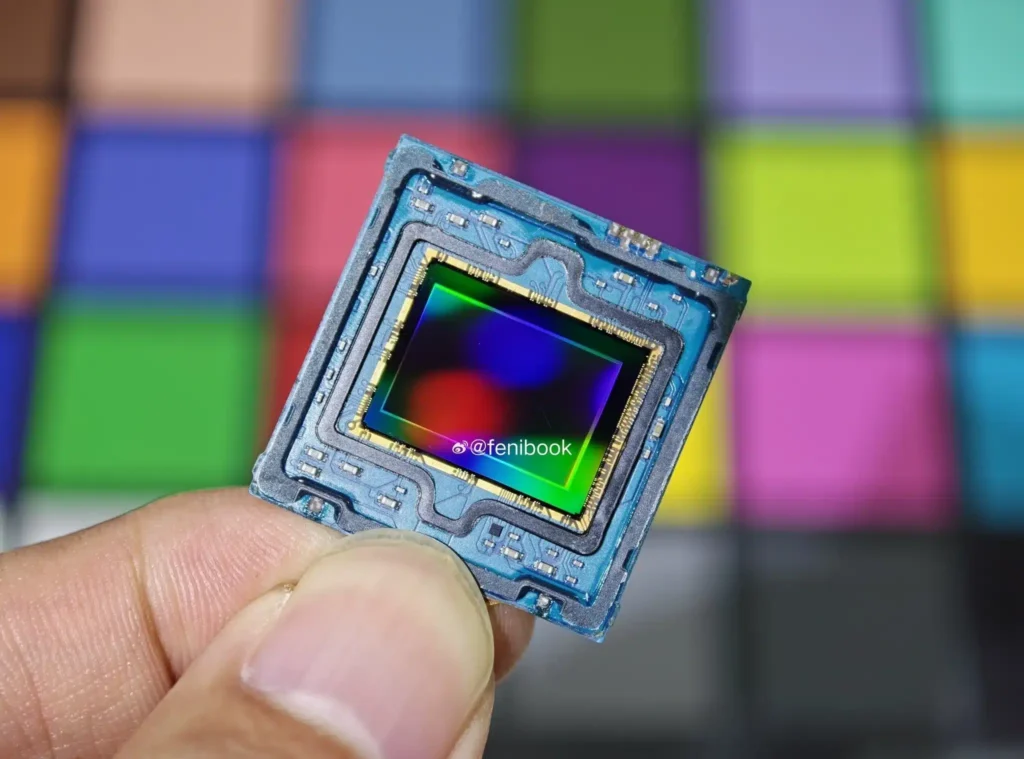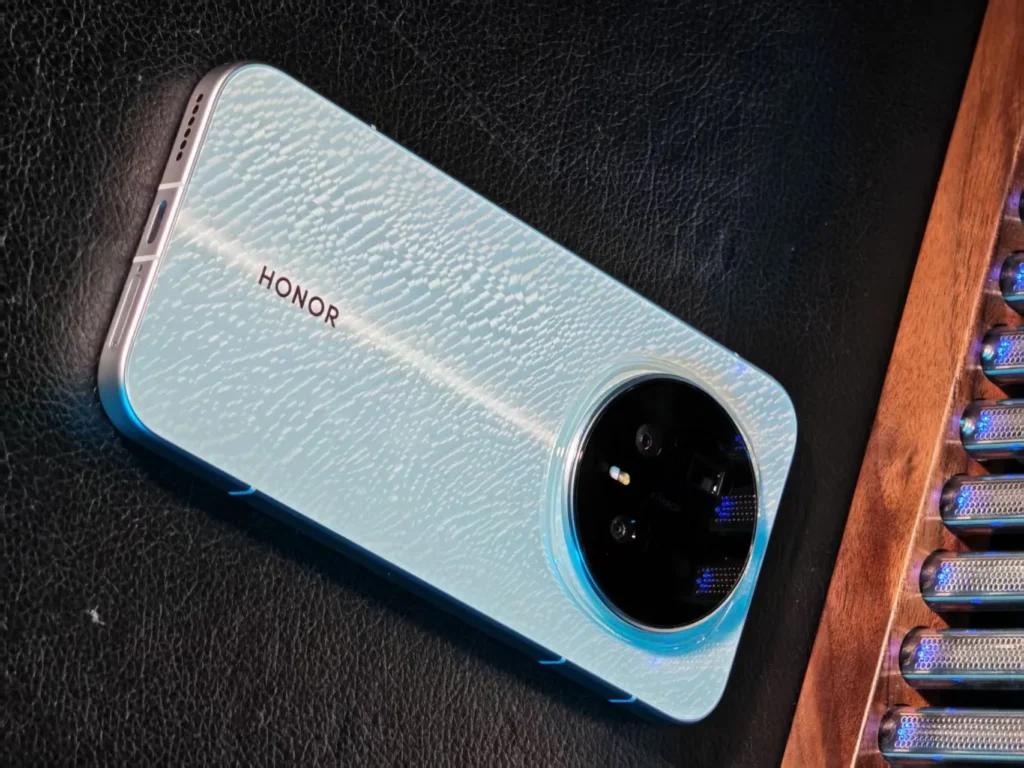Sony LYT-910: the first 200-megapixel sensor from Sony will be larger than Samsung’s
For several years, Samsung has led the mobile camera sensor market with its ISOCELL lineup, particularly the 200-megapixel models used in its Galaxy Ultra devices.
However, this may soon change: according to a recent leak, Sony is preparing its first 200-megapixel sensor, called LYT-910, and it looks promising.
Sony LYT-910: a Giant Sensor Measuring 1/1.11 Inches
According to leaker @fenibook, the Sony LYT-910 will be the Japanese manufacturer’s first mobile sensor with 200 megaspixels. With a size of 1/1.11 inches, it is reportedly larger than the 1/1.3-inch ISOCELL HP2 found in the Galaxy S25 Ultra.
Each pixel will measure 0.7 µm, compared to 0.6 µm for its Korean competitor, promising better light capture and richer detail.

Dual Remosaic Technology and 8K Video
The LYT-910 will feature dual Remosaic architecture (QBC/QQBC) to optimize read speeds and image processing. For video, it will support 4K at 120 fps and 8K at 30 fps, both compatible with HDR.
Sony is also focusing on dynamic range: with over 100 dB, the sensor will provide exceptional HDR performance, perfect for high-contrast scenes — from urban neon lights to sunsets.
Lossless Digital Zoom and Energy Efficiency
The sensor will support 2x and 4x lossless digital zoom, cropping directly from native pixels without visible degradation. The first implementations of the LYT-910 are expected as early as 2026, likely in the flagship “Ultra” models from Vivo, Oppo, and Xiaomi.
Is Samsung Finally Being Challenged?
After years of Samsung’s dominance in ultra-high resolution, this sensor could signify Sony’s return to the forefront of mobile photography. Instead of merely increasing megapixels, the LYT-910 appears to focus on better utilization of each pixel, providing more light, greater dynamic range, and reduced noise.
The Sony LYT-910 may very well be the most advanced sensor ever created by the company. If it delivers on its promises, the competition for the best mobile camera in 2026 is set to be more intense than ever — much to the delight of photography enthusiasts.




